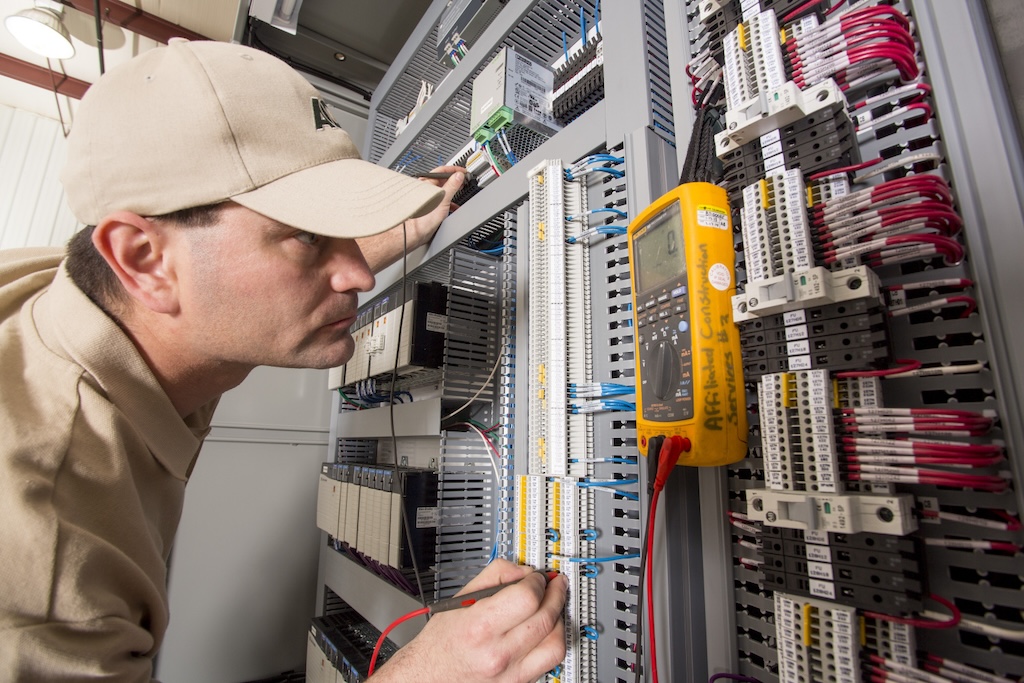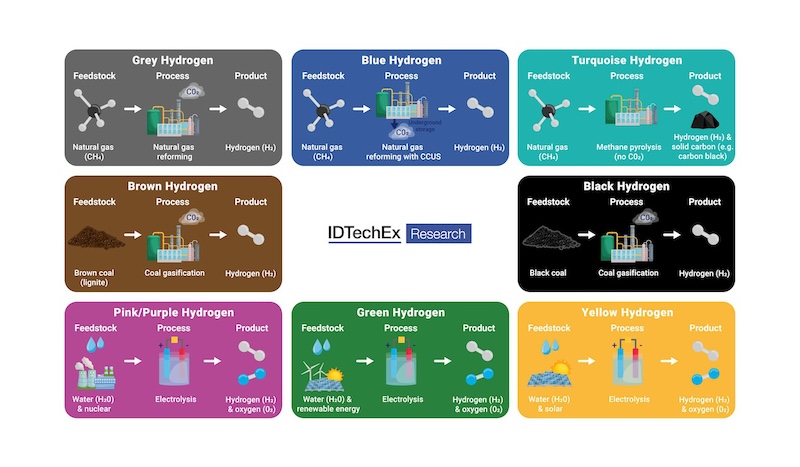Understanding the system’s needs can optimize airflow, energy consumption, and reliability
Many industrial processes have exhaust streams that contain significant levels of vapors and mists classified as volatile organic compounds (VOCs). VOC emissions are regulated because many are health risks directly, or can be absorbed into rainwater or other sources of public drinking water, or into the environment. Although research is incomplete, VOCs from human activities can also contribute to smog and formation of persistent greenhouse gases.
Industries with processes that may have such emissions and that usually require treatment include petrochemicals, paper, pharmaceuticals, plastics, graphic arts, and other manufacturers that use paints and solvents. A widespread method for achieving acceptable emissions is thermal oxidation, where the VOC exhaust gases are directed through a combustion zone to break down these complex hydrocarbon molecules.
First Approach a Simple Flare
The original thermal oxidizers were simply flare systems, sometimes called afterburners, to burn the exhaust gas and thereby reduce emission levels of hydrocarbons. In some cases the exhaust gas is sufficiently consistent and rich in combustibles to support a flame itself. More often a natural gas burner is used to support combustion. While these systems can be reasonably effective, they may not completely break down the VOCs, and whether or not a gas burner is needed to support combustion, all of the thermal energy is lost to the atmosphere.
More Complete Destruction with Oxidizers
Many modern VOC treatment systems use either recuperative or regenerative oxidizers for more complete destruction of exhaust gases, and significant capture of the thermal energy from the process. Done correctly, the oxidation process reduces the VOCs primarily to carbon dioxide and water vapor. Keys to successful treatment are the right temperature, a long enough treatment time, and a good mix of the vapors with oxygen to allow complete combustion.
The most common system today is the regenerative thermal oxidizer. With this solution, VOC containing gases are broken down by high temperature oxidation supported or supplemented by a natural gas burner. To recover the energy a heat sink is provided in an insulated enclosure, usually filled with a metallic or ceramic media material to capture the heat and at the same time provide a means to maximize turbulence and surface area for further oxidation. Heat from the oxidation step alternately heats two heat sink areas. These support the combustion process by heating the incoming combustion air and exhaust mixture.
Catalytic Systems Offer Lower Temperatures
A variant of the regenerative thermal oxidizer is a catalytic regenerative system. These use a precious-metal catalytic bed within the system to accomplish destruction of the exhaust hydrocarbons at a lower temperature, thereby further reducing energy usage. According to Keith Herbert from Catalytic Combustion Corporation, with these oxidizers it is especially important to get an accurate description of the composition of the vapor.
Herbert says, “The gas composition is a key variable because one needs to evaluate what the temperature rise would be across the catalyst bed. If the temperature rise is too high (gas composition too rich), then a catalytic oxidizer would be ruled out. The gas composition also needs to be screened to make sure there are no catalyst poisons.”
He adds, “If this is a cyclical or batch process, then the extremes of the instantaneous composition (not the average) need to be determined – again to make sure the catalyst does not overheat.” Also, if there are components in the vapor composition that create acid exhaust gases such as HCL, HF, or H2SO4, then it may be necessary to add a downstream scrubber.
Recuperative Systems Are an Alternative
An alternative method of heat recovery using thermal oxidation is the recuperative oxidizer. These use a natural gas burner to stabilize and intensify combustion of hydrocarbons, and with a heat exchanger, capture as much of the heat energy as possible after combustion. Recovered energy is then fed back into the process by preheating combustion air to reduce necessary fuel usage and to help assure high oxidation levels..
The heat exchanger preheats the incoming contaminated waste gas stream by recovering heat from the exiting clean waste gas stream. This is done using a shell-and-tube or a plate-type exchanger. In many cases, enough energy is recovered that a secondary heat exchanger can be used to deliver clean, heated air or gases back to another part of the plant.
Energy Reduction Strategies
Jeff Kudronowicz was a recent presenter at a Technology & Market Assessment Forum sponsored by the Energy Solutions Center. Kudronowicz is an Application Engineering Manager with Anguil Environmental Systems, a major manufacturer of thermal and catalytic oxidizer systems. He provided information on current regenerative thermal oxidizer technology, with an emphasis on energy reduction strategies. He pointed out that regenerative thermal oxidizers are often the most energy-efficient solution, with the lowest total emissions of greenhouse gases to the atmosphere.
Choosing the Right Media
He explained the importance of selecting the right heat exchange media for the oxidation zone in the device. Often the efficiency of a system can be significantly improved by choosing a better media material. The right selection depends on accurate gas characterization and the anticipated flow rate.
According to Kudronowicz, these systems can achieve 95% heat recovery from the process, along with high levels of destruction efficiency of the exhaust gases. They are widely used for chemical, pharmaceutical, wood finishing, metals, painting and printing processes. In his presentation, he pointed out the potential value of also using secondary heat recovery in the regenerative thermal oxidizer. This heat can then be used for a variety of purposes, including makeup air for process ovens, driers, boiler feedwater, or even to preheat air for electric power generation.
Strategies for Optimization
Kudronowicz suggested that for highest VOC destruction efficiency and maximum thermal recovery, attention should be given to choosing the right type of oxidizer for the exhaust stream. For highest destruction efficiency with a regenerative system, Anguil offers a three-chamber oxidizer rather than the standard two-chamber design. This unit operates with a 90-second cycle for the chambers, with butterfly valves to redirect the flow to the next sequence. Because of the complexity and size of this system, it has a higher capital cost than a conventional two-chamber unit.
Kudronowicz described several strategies for improving the efficiency of thermal oxidizers. For regenerative systems, upstream flow concentrators can improve systems with waste gas flows greater than 5,000 scfm and VOC concentrations less than 500 ppm. By concentrating the VOC level, the oxidizer can be smaller and operating costs can be reduced. In the regenerative oxidizer treatment area itself, high-efficiency ceramic media can be selected to increase treatment efficiency.
With recuperative oxidizers, thermal efficiency can be improved by replacing existing shell-and-tube heat exchangers with deeper coil designs for more complete heat recovery. Recovered heat can be used for a variety of in-plant uses including makeup air heaters, boiler economizers, and process heating.
Monitor Unit Performance
Kudronowicz emphasized the importance of knowing and tracking thermal performance of the oxidizers, and regularly evaluating the analysis of the gases being treated to assure optimum destruction. A thermal or thermal-catalytic oxidizer is a necessary device for many industries. Regular reevaluation of performance is essential to achieving regulatory compliance, maximum energy recovery and overall efficiency.



